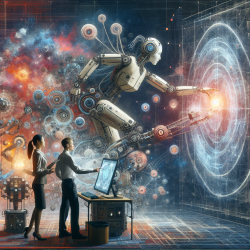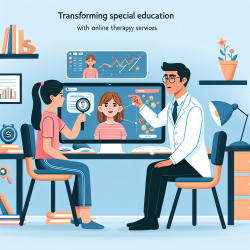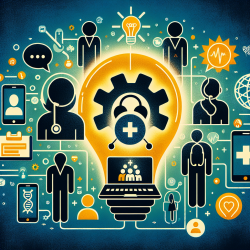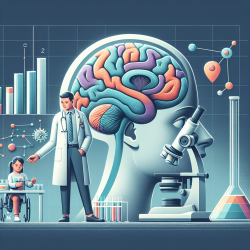Introduction
As we advance into an era where human-machine teams (HMTs) are becoming integral to various sectors, understanding the dynamics of these teams is crucial. The research paper "The Interdependence of Autonomous Human-Machine Teams: The Entropy of Teams, But Not Individuals, Advances Science" by Lawless et al. provides valuable insights into how interdependence and entropy play pivotal roles in the performance of these teams.
Understanding Interdependence and Entropy
Interdependence in teams refers to the reliance of team members on each other to achieve common goals. This concept is not new; however, its application in HMTs introduces unique challenges and opportunities. The research emphasizes that maximum interdependence correlates with the best team performance, as seen in top global firms and militaries. This interdependence is measured through entropic forces, which help in navigating obstacles and maximizing team efficiency.
Practical Implications for Practitioners
For practitioners working with HMTs, understanding and applying the principles of interdependence and entropy can significantly enhance team performance. Here are some practical steps:
- Foster Interdependence: Encourage collaboration and communication among team members. This can be achieved through regular team-building exercises and open communication channels.
- Minimize Redundancy: Ensure that each team member has a unique role that contributes to the team's objectives. Reducing redundancy can enhance efficiency and reduce corruption, as highlighted in the research.
- Leverage Technology: Use AI and machine learning to analyze team dynamics and identify areas for improvement. This can help in optimizing team structures and roles.
- Continuous Training: Provide ongoing training to enhance both individual and team skills. This is crucial for adapting to new challenges and technologies.
Encouraging Further Research
While the research provides a solid foundation, there is a need for further exploration into the dynamics of HMTs. Practitioners are encouraged to engage in research that explores:
- The impact of different team structures on performance.
- The role of leadership in fostering effective HMTs.
- The integration of ethical considerations in autonomous team decision-making.
Conclusion
The insights from the research on interdependence and entropy offer a roadmap for enhancing the performance of HMTs. By fostering interdependence, minimizing redundancy, leveraging technology, and encouraging continuous training, practitioners can significantly improve team outcomes. As we continue to integrate AI into team dynamics, ongoing research and adaptation will be key to unlocking the full potential of human-machine collaboration.
To read the original research paper, please follow this link: The Interdependence of Autonomous Human-Machine Teams: The Entropy of Teams, But Not Individuals, Advances Science.










